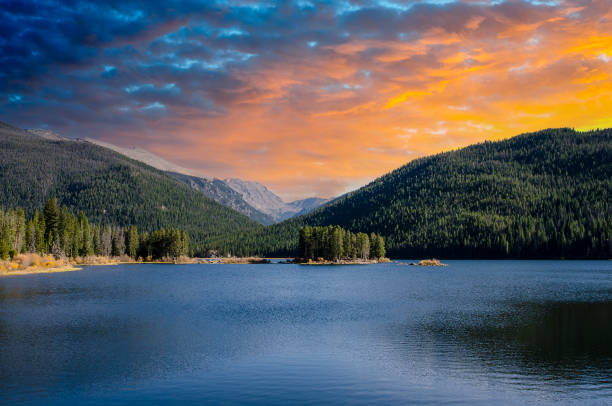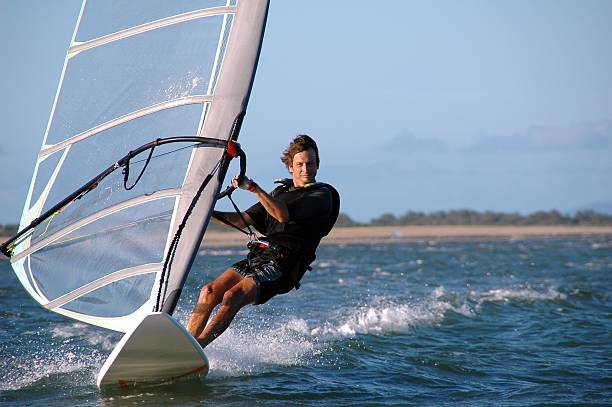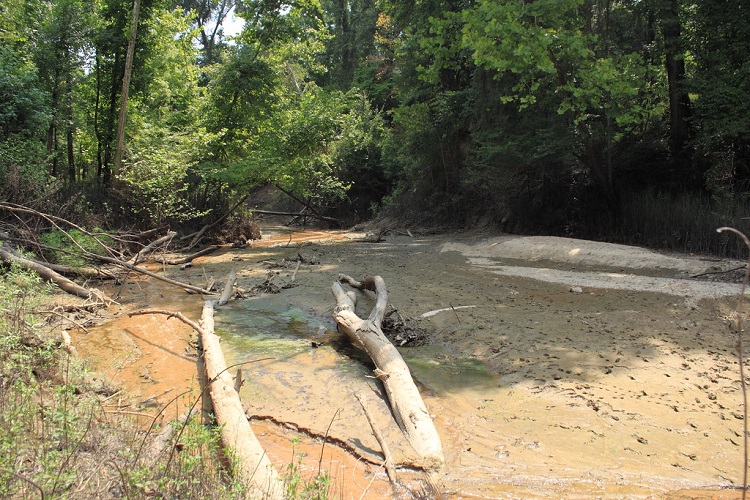The Rocky Mountains offer stunning landscapes, towering peaks, and a wealth of outdoor activities. Kayaking in the Rockies is a fantastic way to explore these natural wonders from a new perspective. If you’re considering a kayaking trip in this iconic region, here’s a guide to some of the most accessible and scenic lakes where kayaking is allowed.
1. Grand Lake, Colorado
Grand Lake, Colorado’s largest natural body of water, is a top spot for kayaking enthusiasts. Nestled just outside the western entrance of Rocky Mountain National Park, this lake offers clear waters surrounded by picturesque mountain views.
- Accessibility: Open to kayakers of all skill levels, with multiple rental services nearby.
- Tips: Morning is the best time to kayak here due to calmer winds and fewer motorboats. If you’re looking to explore nearby areas, Shadow Mountain Lake is connected to Grand Lake by a channel, allowing for a two-lake adventure.
2. Bear Lake, Colorado
Although Bear Lake is a smaller lake located within Rocky Mountain National Park, its serene atmosphere and stunning surroundings make it a popular destination. However, kayak access can be limited, and it’s best to check park guidelines, as restrictions can vary by season.
- Accessibility: Typically only accessible with personal kayaks, as rentals are not available at the lake.
- Tips: Arrive early as parking fills up quickly. Bear Lake Trailhead offers scenic views and hiking opportunities, allowing you to pair a paddle with a short hike.
3. Lake Granby, Colorado
Lake Granby, part of the Colorado-Big Thompson Project, is one of the largest bodies of water in the Rocky Mountain region, providing over 40 miles of shoreline to explore. Known for its stunning alpine views, the lake is popular for both kayaking and fishing.
- Accessibility: Easily accessible with kayak rentals and launch points at several marinas.
- Tips: Consider kayaking in the early morning to avoid high winds, which can pick up in the afternoon. Anglers may also find this lake appealing, as it’s stocked with trout and salmon.
4. Jenny Lake, Wyoming
Jenny Lake, located in Grand Teton National Park, is a breathtaking spot just south of Yellowstone. Its glacial origins have left the water exceptionally clear, making it a unique experience for kayakers who want to enjoy stunning underwater views and the towering Tetons.
- Accessibility: Ideal for experienced kayakers due to its size and occasional windy conditions.
- Tips: Paddle along the shoreline for the best views of the Tetons, and be aware of cold water temperatures. This area is also popular with photographers, so bring your camera!
5. Lake McDonald, Montana
As the largest lake in Glacier National Park, Lake McDonald offers crystal-clear waters surrounded by scenic mountain peaks. The lake is accessible for kayakers who want a tranquil experience, with ample space to explore without large crowds.
- Accessibility: Suitable for kayakers of all levels. Rentals are available nearby in Apgar Village.
- Tips: Try to visit early in the morning or late in the evening to capture stunning reflections of the mountains on the lake’s surface. Wildlife sightings, like bald eagles, are also common here.
6. String Lake, Wyoming
String Lake is known for its calm, shallow waters and is one of the more beginner-friendly lakes in Grand Teton National Park. Surrounded by forests and mountainous views, String Lake is ideal for families or those who want a more relaxing paddling experience.
- Accessibility: Accessible for all skill levels, with clear waters and mild currents.
- Tips: Bring a picnic for a midday break along the shore, and keep an eye out for moose and other wildlife in the surrounding forests.
7. Brainard Lake, Colorado
Located in the Brainard Lake Recreation Area, this lake offers a quieter, more secluded experience for kayakers. The serene setting and reflective water make for an unforgettable trip, especially in the early morning or late afternoon when the area is less crowded.
- Accessibility: Open to all skill levels, but access is seasonal and usually limited to summer months.
- Tips: Plan to hike some nearby trails after your paddle; the Blue Lake Trail offers incredible views of the surrounding peaks.
8. Jackson Lake, Wyoming
Another gem in Grand Teton National Park, Jackson Lake is large, with expansive views of the Tetons towering over its clear waters. It’s a popular lake for both kayaking and canoeing, offering endless areas to explore.
- Accessibility: Suitable for intermediate to advanced kayakers due to its size and frequent winds.
- Tips: The Colter Bay area offers kayak rentals, and paddling along the lake’s shoreline is recommended to enjoy calm waters and the best views.
9. Bowman Lake, Montana
Tucked away in Glacier National Park, Bowman Lake is a lesser-known kayaking spot with rewarding views and a peaceful atmosphere. It’s a bit off the beaten path, making it an ideal destination for those who prefer solitude.
- Accessibility: Suitable for intermediate kayakers. Rentals are not available, so personal kayaks are necessary.
- Tips: This lake can be more challenging to reach due to its rough road access, but the quiet, secluded experience makes it well worth the effort.
Safety and Preparation Tips for Kayaking in the Rockies
- Check Weather and Water Conditions: The weather in mountainous areas can change quickly. Always check conditions before heading out, and be prepared to adjust your plans if necessary.
- Cold Water Gear: Many of these lakes have cold water year-round, so consider wearing a wetsuit or dry suit, especially in deeper lakes like Jenny Lake and Jackson Lake.
- Wildlife Awareness: These areas are home to diverse wildlife, including moose, deer, and sometimes bears. Carry bear spray and know the local regulations for safe wildlife encounters.
- Permits and Park Regulations: Some lakes require permits or have restrictions, especially those within national parks. Check with the local park or forest service for guidelines.


